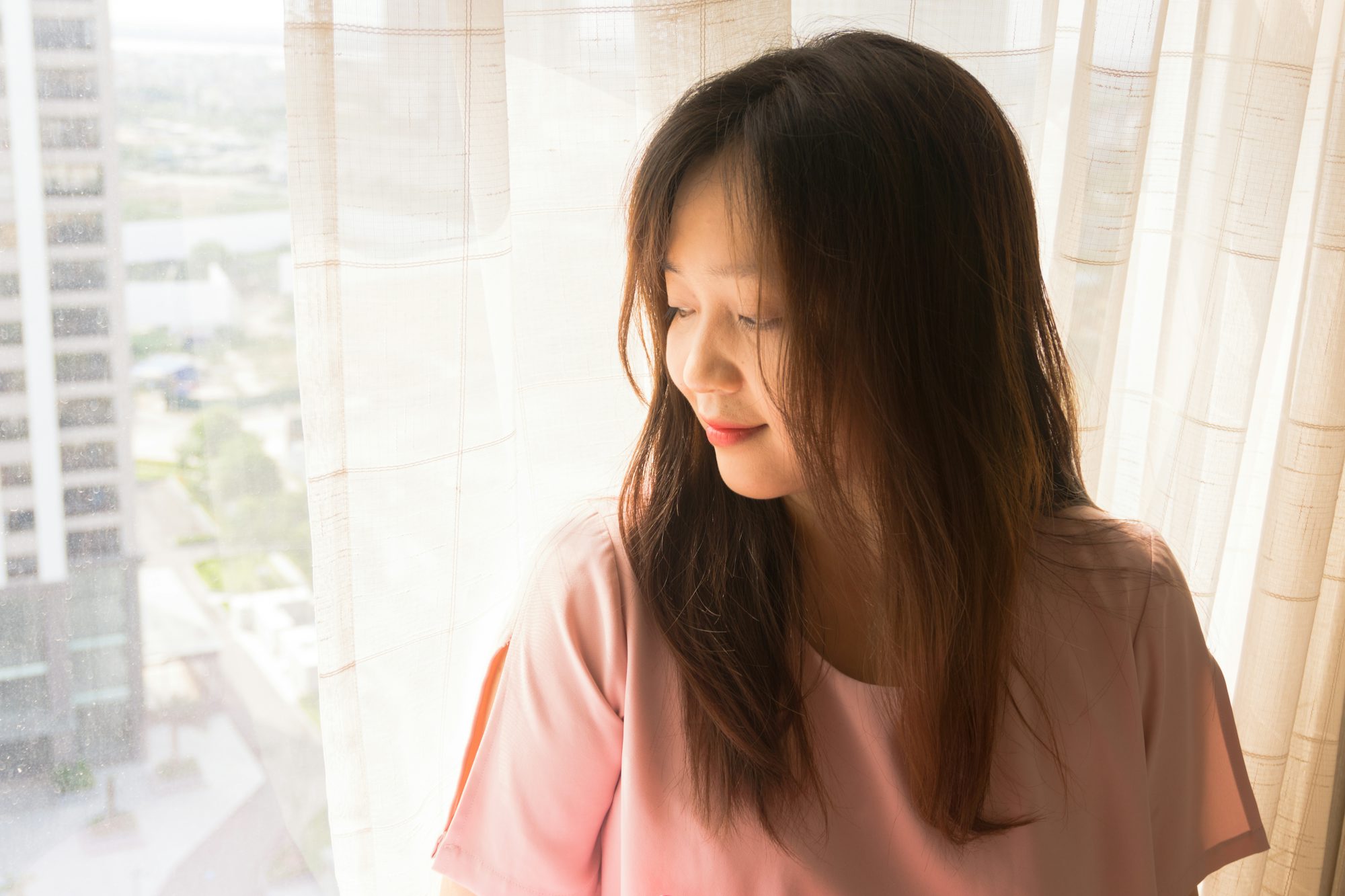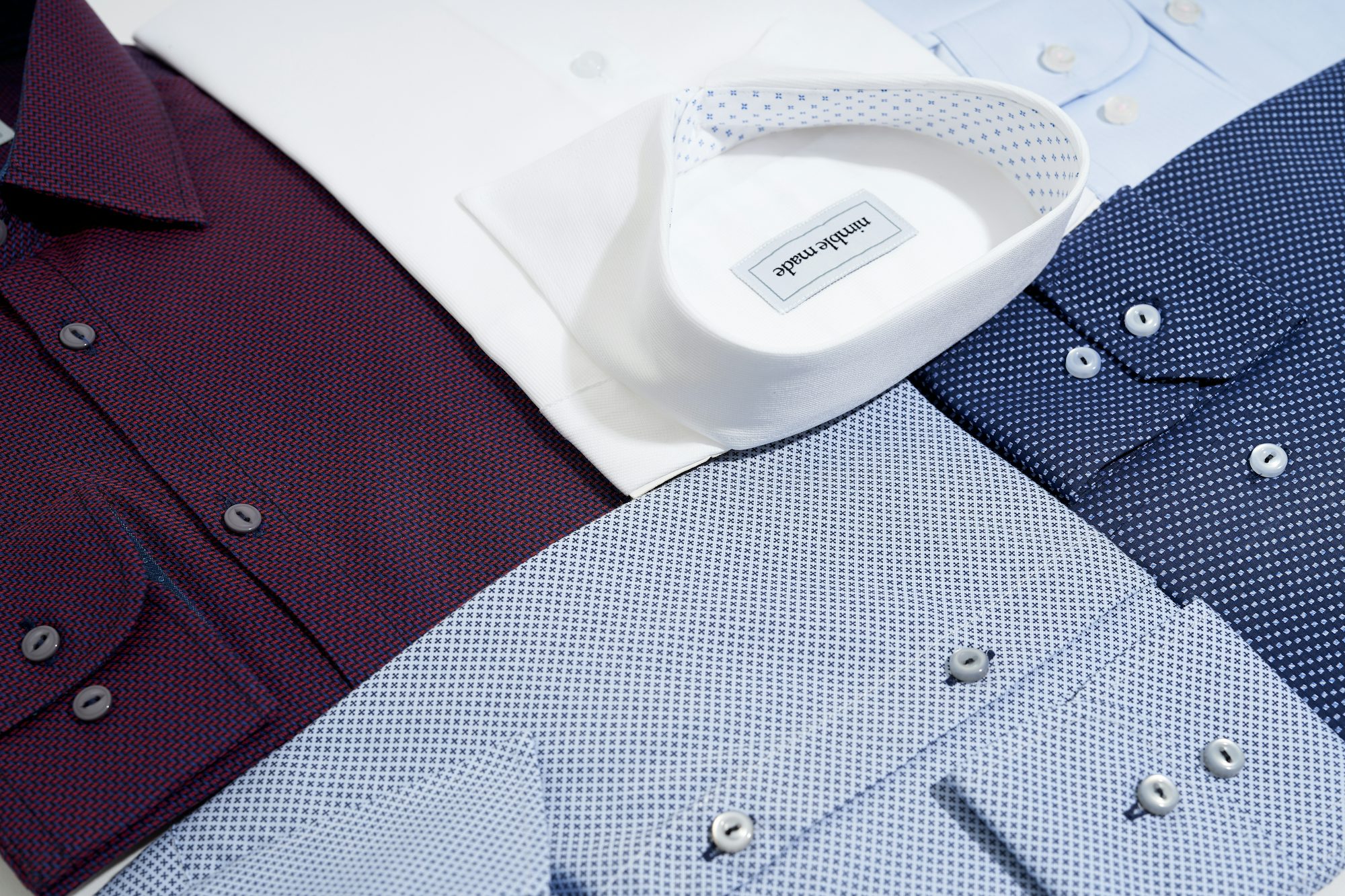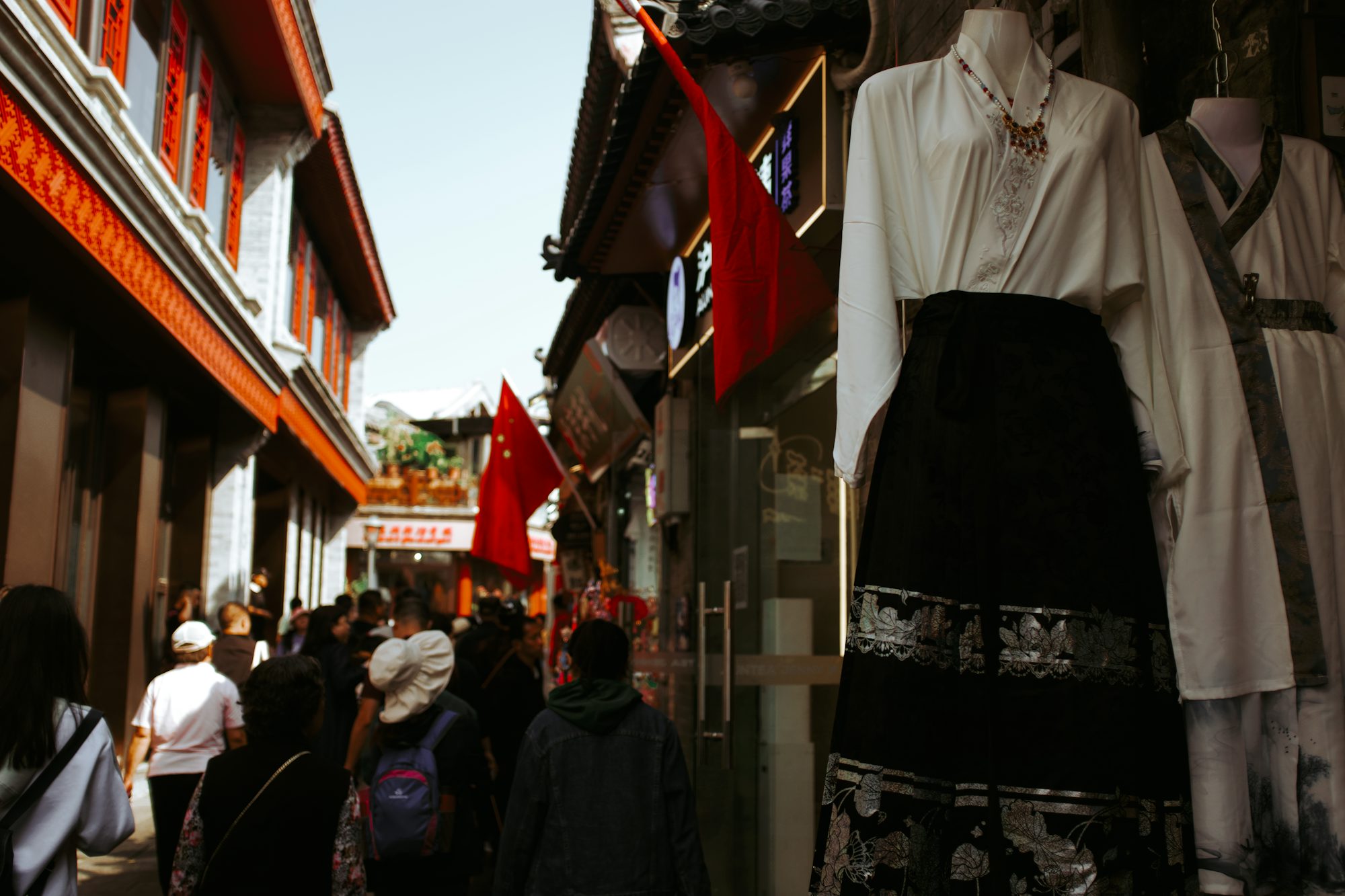Vintage fashion has made a remarkable comeback in recent years, captivating the hearts of fashion enthusiasts and casual shoppers alike. As we navigate a world increasingly focused on sustainability and individuality, vintage clothing offers a unique way to express personal style while honoring the past. This article delves into the historical significance of vintage fashion, its current resurgence, and practical tips for incorporating vintage pieces into your wardrobe.
The Historical Significance of Vintage Fashion
Vintage fashion refers to clothing and accessories that originate from previous decades, typically defined as items that are at least 20 years old. Each era has its distinct characteristics, influenced by cultural shifts, social movements, and technological advancements. From the glamorous silhouettes of the 1920s flapper dresses to the bold prints of the 1970s, vintage fashion reflects the evolution of style over time.
The 1920s marked a significant turning point in women’s fashion, with the rise of the flapper movement. Women began to break free from restrictive garments, embracing shorter hemlines and more relaxed silhouettes. This era symbolized liberation and empowerment, making it a defining moment in fashion history. Similarly, the 1950s introduced the iconic hourglass figure, characterized by fitted bodices and full skirts, a style that continues to inspire contemporary designs.
The 1970s brought about a revolution in fashion, with the rise of bohemian styles and bold patterns. This era embraced individuality and self-expression, paving the way for the eclectic styles seen today. Vintage clothing serves as a tangible link to these rich histories, allowing wearers to connect with the past while making a modern statement.
The Resurgence of Vintage Fashion
In recent years, vintage fashion has gained immense popularity, driven by a growing awareness of sustainability and a desire for unique pieces. As fast fashion continues to dominate the retail landscape, many consumers are seeking alternatives that align with their values. Vintage clothing offers a sustainable option by repurposing existing garments and reducing waste.
Social media platforms, particularly Instagram and TikTok, have played a pivotal role in the resurgence of vintage fashion. Influencers and fashion enthusiasts showcase their vintage finds, inspiring others to explore thrift shops and secondhand stores. This newfound appreciation for vintage has led to a shift in consumer behavior, with many prioritizing unique, one-of-a-kind items over mass-produced clothing.
Moreover, vintage fashion fosters a sense of community. Thrift stores and vintage boutiques often serve as gathering places for like-minded individuals who share a passion for unique styles. This sense of belonging adds an extra layer of meaning to the vintage shopping experience, making it more than just a transaction.
Key Elements of Vintage Fashion
1. Timeless Silhouettes: Vintage fashion is characterized by its diverse silhouettes, each reflective of the era it comes from. From the elegant lines of the 1950s to the relaxed shapes of the 1990s, these timeless styles continue to inspire contemporary designers. Incorporating vintage silhouettes into modern outfits can create a striking contrast that celebrates both old and new.
2. Quality Materials: Many vintage pieces are crafted from high-quality materials, often with superior craftsmanship compared to modern fast fashion. Natural fibers like cotton, wool, and silk were commonly used, resulting in garments that stand the test of time. When shopping for vintage clothing, look for well-made items that can be cherished for years.
3. Unique Prints and Patterns: Vintage fashion is renowned for its vibrant prints and patterns, offering a refreshing alternative to contemporary minimalism. From florals to geometric designs, these bold patterns allow individuals to express their personalities and creativity. Mixing and matching prints can create a fun, eclectic look that pays homage to past trends.
4. Statement Accessories: Vintage accessories can elevate any outfit. Items like brooches, hats, and statement jewelry from past decades can add a touch of nostalgia and charm to modern ensembles. Layering vintage accessories with contemporary pieces can create a balanced look that tells a story.
How to Incorporate Vintage Fashion into Your Wardrobe
Incorporating vintage fashion into your wardrobe can be a rewarding and creative process. Here are some tips to help you embrace vintage style:
1. Start Small: If you’re new to vintage fashion, begin by incorporating a few vintage pieces into your existing wardrobe. A vintage blouse or a pair of high-waisted jeans can easily be styled with modern staples, creating a balanced look.
2. Explore Thrift Stores and Online Marketplaces: Thrift stores, consignment shops, and online marketplaces like Etsy and Depop are treasure troves for vintage finds. Take the time to browse these places and keep an open mind. You never know what unique pieces you might discover.
3. Mix and Match: Don’t be afraid to mix vintage and modern pieces. Combining a vintage dress with contemporary shoes or layering vintage accessories with a modern outfit can create a fresh and unique look. This approach allows you to showcase your personal style while celebrating the past.
4. Tailor for Fit: Vintage clothing may not always fit perfectly, as sizing standards have changed over the years. Consider taking vintage pieces to a tailor for adjustments to achieve the perfect fit. This investment can enhance the overall look and feel of the garment.
5. Educate Yourself: Learning about different fashion eras can help you appreciate the historical context behind vintage pieces. Understanding the characteristics of various decades will guide your shopping choices and help you identify authentic vintage items.
6. Create a Capsule Wardrobe: Building a capsule wardrobe that incorporates vintage elements can simplify your daily dressing routine. Select timeless vintage pieces that can be mixed and matched with modern staples, creating a cohesive and stylish collection.
The Future of Vintage Fashion
As the vintage fashion movement continues to grow, we can expect to see an increase in the availability of curated vintage collections and sustainable fashion initiatives. Many brands are now incorporating vintage-inspired designs into their collections, marrying the charm of the past with modern sensibilities.
The rise of sustainability and ethical consumerism will further influence the vintage fashion landscape. As consumers become more conscious of their choices, vintage shopping will likely remain a popular alternative to fast fashion, promoting a more responsible approach to fashion consumption.
Conclusion
Vintage fashion is more than just a trend; it is a celebration of history, individuality, and sustainability. By embracing vintage clothing, individuals can express their unique styles while honoring the rich tapestry of fashion history. Whether through timeless silhouettes, quality materials, or distinctive patterns, vintage fashion allows us to connect with the past in a meaningful way. As we move forward, the appreciation for vintage will continue to thrive, ensuring that the stories woven into each garment remain alive and well in our modern wardrobes.



